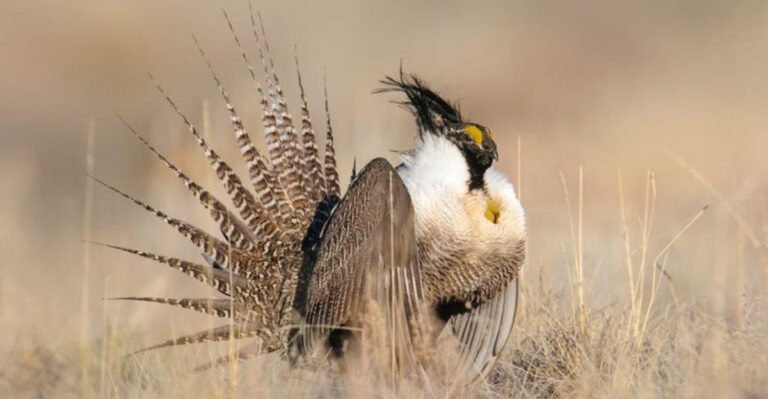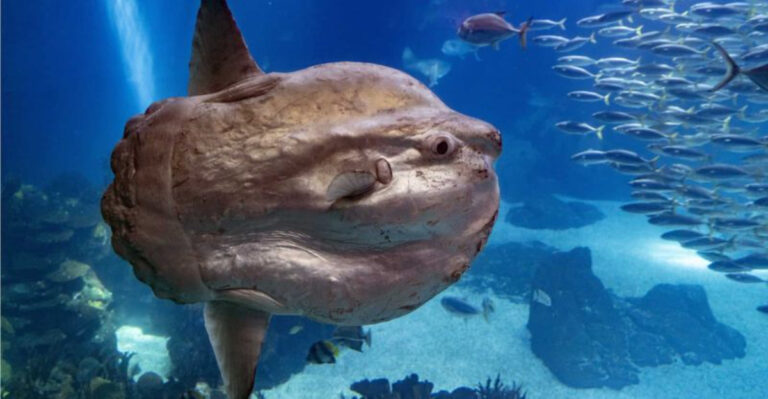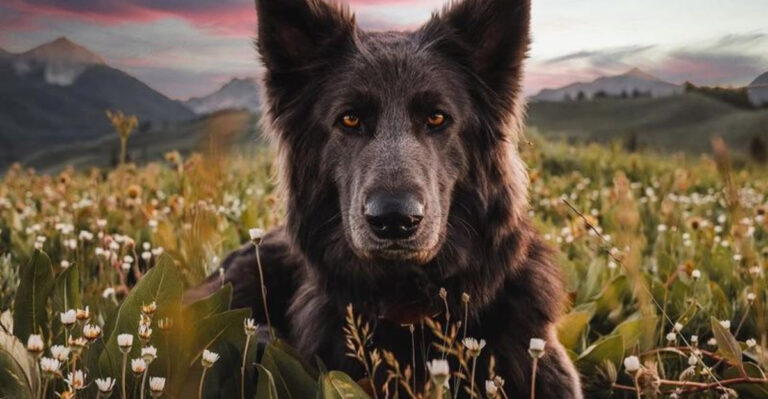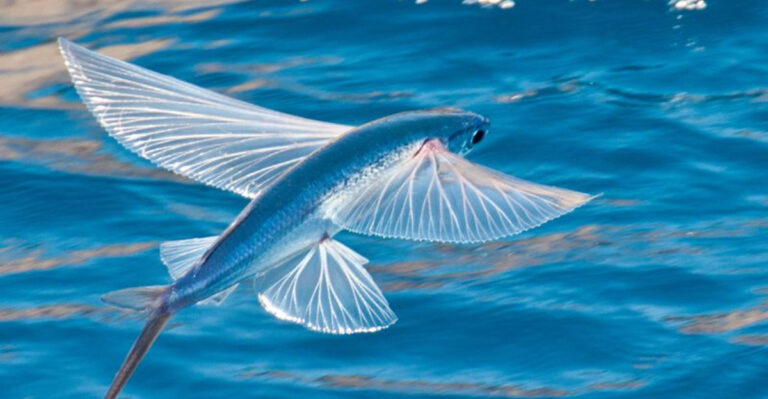From Coyotes To Roadrunners: Exploring The Icons Of Southwest Wildlife
The American Southwest boasts a treasure trove of remarkable wildlife that has captured our imagination for generations.
These animals have adapted to thrive in some of the harshest desert and mountain environments on the continent.
From clever predators to resilient reptiles, the Southwest’s iconic creatures tell fascinating stories of survival and evolution in this unique corner of the world.
1. Wily Coyotes – Desert Survivors With Street Smarts

Coyotes reign as the ultimate adaptable survivors across the Southwest. Their intelligence allows them to thrive in deserts, mountains, and even urban environments where other predators have disappeared.
These remarkable canines can sprint up to 40 mph and leap fences 14 feet high when pursuing prey. Their diet includes everything from rabbits and rodents to fruits and garbage – true opportunistic eaters!
Native American cultures revere coyotes as trickster figures in their mythology. Despite decades of hunting and control efforts, coyote populations continue expanding their range, proving their incredible resilience.
2. Gila Monsters – Venomous Beauties With Ancient Roots
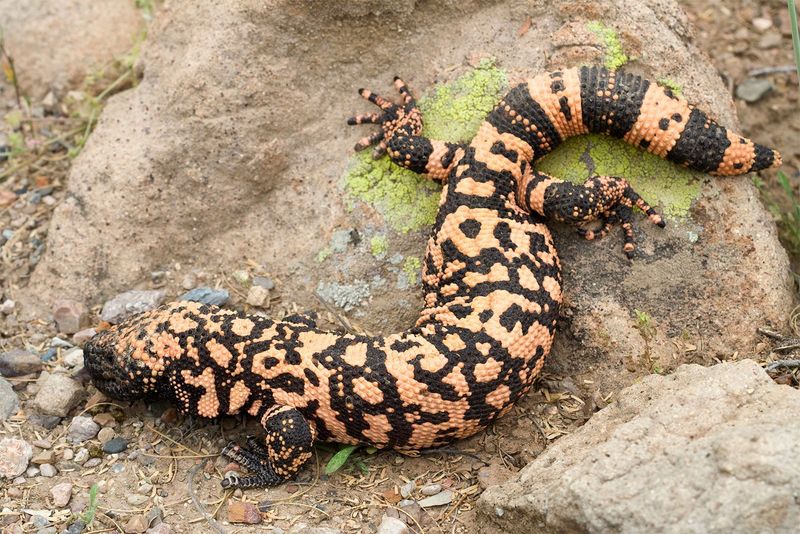
With their striking orange-pink and black beaded skin, Gila monsters look like living jewelry crawling through the desert. As one of only two venomous lizards in the world, they deliver painful bites through grooved teeth in their lower jaw.
These prehistoric-looking creatures spend 95% of their lives underground, emerging mainly during the rainy season. Their fat-storing tails help them survive months without food!
Scientists have developed diabetes medication from Gila monster venom. Protected by law in all Southwest states, these slow-moving reptiles can live up to 30 years in the wild.
3. Majestic Bighorn Sheep – Mountain Acrobats

Perched on seemingly impossible cliff edges, bighorn sheep showcase nature’s perfect design for mountain living. Their specialized hooves feature soft inner pads for grip and hard outer edges for durability on rocky terrain.
Male bighorns clash in spectacular head-butting contests that can be heard echoing through canyons a mile away. Their massive curved horns can weigh up to 30 pounds – heavier than all the bones in their body combined!
Nearly wiped out in the early 1900s, conservation efforts have helped restore these magnificent animals to many Southwest mountain ranges. They can go weeks without drinking water in extreme conditions.
4. Javelinas – Not Your Average Pig

Often mistaken for wild pigs, javelinas (collared peccaries) are actually distant relatives that evolved separately in the Americas. These social animals travel in family groups called “squadrons” of 8-12 individuals, communicating through grunts and scent glands.
Sharp tusks protrude from their jaws – natural tools for digging up roots and defending against predators. Despite their tough appearance, javelinas have poor eyesight and rely heavily on their excellent sense of smell.
Southwestern gardeners know them as midnight raiders of vegetable patches. These adaptable creatures thrive in desert scrubland but have increasingly moved into suburban areas.
5. Sonoran Desert Tortoises – Shell-Protected Ancients
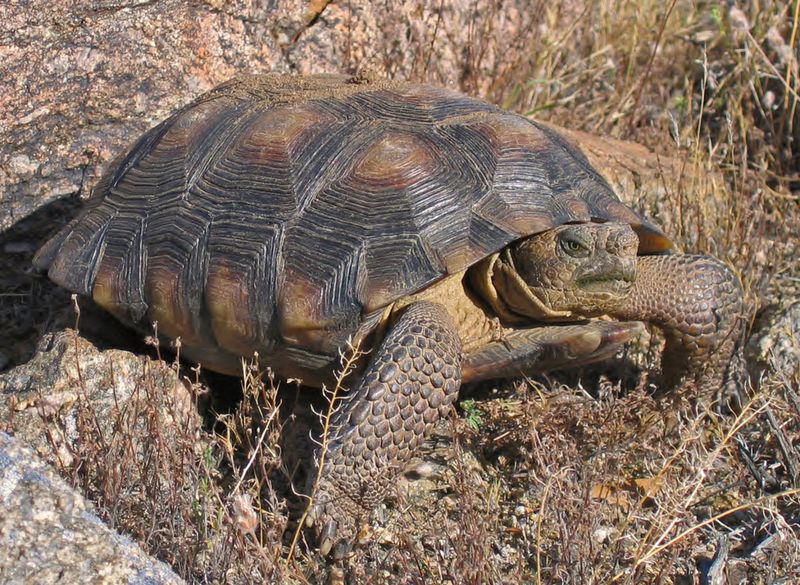
Masters of desert survival, these tortoises can live up to 80 years in one of Earth’s harshest environments. Their domed shells store water and provide protection, while their shovel-like front legs dig underground burrows that escape summer’s brutal heat.
During drought, desert tortoises can go a year without drinking water! They obtain moisture from the desert plants they consume, particularly after rare rainstorms when they emerge to drink from temporary puddles.
Female tortoises lay 5-12 eggs in shallow nests, but sadly, most young don’t survive to adulthood. Climate change and habitat loss have made these ancient reptiles increasingly vulnerable.
6. Burrowing Owls – The Underground Bird Neighbors

Standing barely 10 inches tall, these pint-sized owls break all the bird rules by living underground in abandoned prairie dog burrows. Unlike their nocturnal cousins, burrowing owls are often active during daylight hours, hunting insects and small rodents.
Their long legs help them sprint across desert floors chasing down beetles and grasshoppers. These quirky birds have another unusual habit – they collect mammal dung to line their burrows, attracting insects that become easy meals!
Young owlets mimic rattlesnake sounds when threatened, discouraging predators from entering their homes. Their bobbing motion when alarmed has earned them the nickname “prairie dog owls” among Southwest locals.
7. Rattlesnakes – Nature’s Warning System

The distinctive buzz of a rattlesnake’s tail serves as the Southwest’s most recognizable natural warning. These pit vipers add a new segment to their rattle each time they shed their skin – though the myth that you can tell their age by counting segments isn’t accurate.
Specialized heat-sensing pits between their eyes and nostrils work like infrared cameras, allowing them to detect warm-blooded prey in complete darkness. Their hinged fangs fold flat against the roof of their mouth when not in use.
Contrary to popular belief, baby rattlesnakes aren’t more dangerous than adults – they deliver smaller venom doses but have full control over how much they inject.
8. Majestic Golden Eagles – Desert Sky Rulers
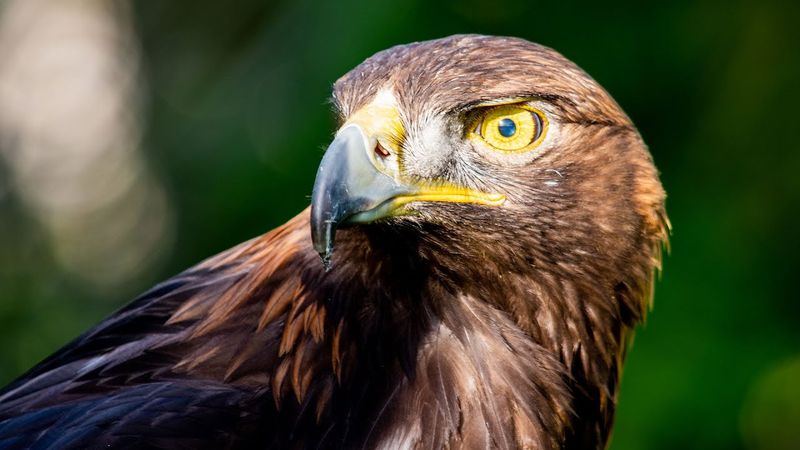
Soaring on 7-foot wingspans, golden eagles command the Southwest skies with unrivaled majesty. These powerful birds can spot rabbits from nearly two miles away with vision eight times sharper than human eyesight.
Their hunting prowess is legendary – golden eagles can dive at speeds exceeding 150 mph to capture prey as large as young deer or coyotes. Mated pairs build massive nests on cliff ledges or tall trees that they’ll use for decades, adding new materials each year.
Deeply sacred to many Native American cultures, golden eagle feathers are still used in important ceremonies. Their population faces threats from habitat loss and wind turbines across their Southwest range.
9. Elusive Mountain Lions – The Ghost Cats
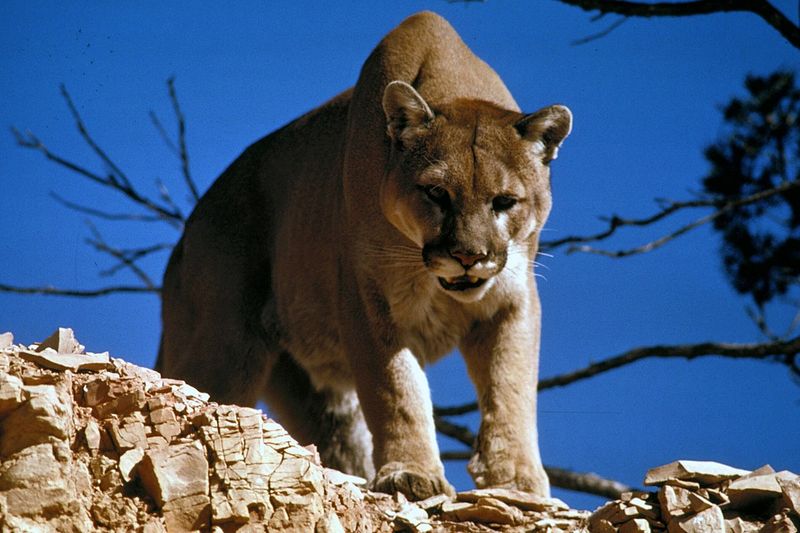
Mountain lions roam the Southwest as supreme predators, yet few people ever glimpse these phantom cats. Also called cougars or pumas, these solitary hunters maintain territories spanning up to 100 square miles.
Their powerful hind legs enable incredible jumps – up to 40 feet horizontally and 15 feet vertically! Unlike other big cats, mountain lions can’t roar but instead communicate through chirps, whistles, and purrs.
Female cougars raise cubs alone for about two years, teaching hunting skills before the young disperse. Despite their formidable reputation, attacks on humans remain extremely rare, as these cats typically avoid people whenever possible.
10. Coatimundis – Masked Acrobats Of The Borderlands
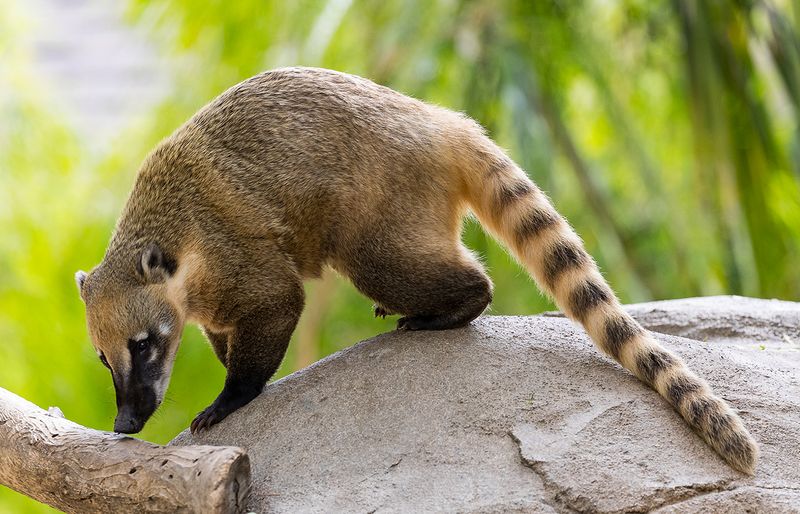
With raccoon-like masks and ringed tails held high like flags, coatimundis bring tropical flair to the Southwest borderlands. Their incredibly flexible snouts can rotate 60 degrees in any direction, perfect for sniffing out hidden insects and lizards.
Female coatis travel in bands of 20 or more individuals, while males roam solo except during breeding season. Their double-jointed ankles allow them to climb down trees headfirst – a rare talent among mammals!
Native to the Sky Islands region where Arizona meets Mexico, coatis face habitat challenges as border infrastructure disrupts their movement patterns. Their chattering vocalizations and social grooming behaviors make them among the most entertaining wildlife to observe.
11. Harris’s Hawks – The Wolf Packs Of The Sky
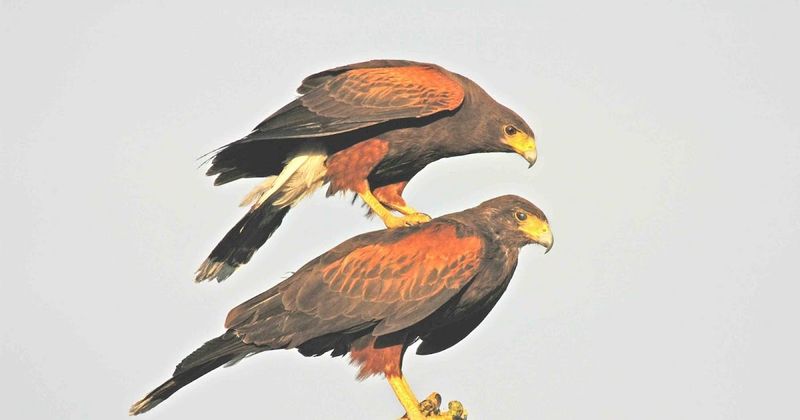
Unlike most raptors, Harris’s hawks hunt in coordinated family groups – the only North American bird of prey to do so. Their cooperative strategy allows them to take down jackrabbits and other prey too large for a single hawk.
These striking chocolate-brown hawks with rust-colored shoulders practice a unique behavior called “back-stacking” – literally standing on each other’s backs to gain better vantage points. Teams typically consist of 2-7 birds with complex social hierarchies.
Perfectly adapted to desert heat, Harris’s hawks can hunt during the hottest parts of the day when other predators rest. Their teamwork hunting style has earned them the nickname “wolves of the sky” among Southwest naturalists.
12. Greater Roadrunners – The Real Speed Demons

Forget the cartoon – real roadrunners are even more fascinating! These ground-dwelling birds can reach speeds of 20 mph while chasing lizards and snakes across the desert floor.
Roadrunners possess a special talent for hunting rattlesnakes, working in pairs to confuse and exhaust their dangerous prey. Their X-shaped footprints have earned them the nickname ‘X-bird’ among some Native American tribes.
During cold desert nights, roadrunners enter a state similar to hibernation to conserve energy. Their adaptability to extreme heat makes them perfect symbols of Southwest resilience.

